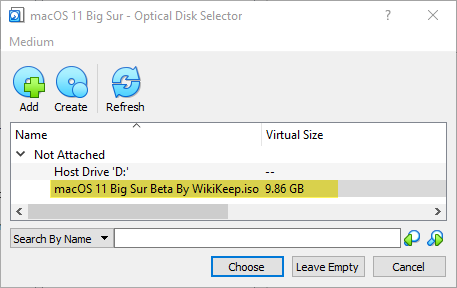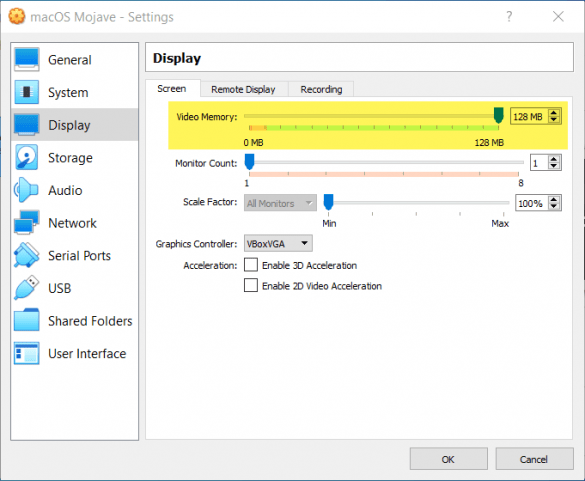

Please note that the newly attached VMDK file should be the first hard disk to able to boot. Click Add Hard Disk button, click Choose existing disk and then browse to the VMDK file that you created in Step 5. Step 7: Select the virtual machine from the list, click Settings and then click Storage. Step 6: Open VirtualBox as administrator by right-clicking on the program and then clicking Run as administrator option. You should see “VMDK created successfully” message. Also, replace the path (C:\Users\PC\Desktop\New) with a valid location to save the VMDK file. For instance, if your drive number is 5, type PhysicalDrive5. In the above command, replace PhysicalDrive1 with your USB drive’s disk number. VBoxManage internalcommands createrawvmdk –filename C:\Users\PC\Desktop\New\usb2.vmdk –rawdisk\\.\PhysicalDrive1 Please note that if have installed VirtualBox in any other location you need to use appropriate commands to move to the right location.Īnd then enter the following command and press enter key to execute the same. Step 5: In the Command Prompt, enter the following commands to navigate to the VirtualBox folder. If you are on Windows 8, type CMD when you are in Start screen and then press Ctrl + Shift + Enter. You can type CMD Windows 7 Start screen search and then simultaneously press Ctrl + Shift + Enter keys. To do that, open Command Prompt with admin rights. Step 4: Next step is to create a raw VMDK file for the USB. For instance, in the below picture, Disk 1 is my USB’s disk number. Step 3: In Disk Management, find out your USB drive’s disk number. Open Disk Management by typing diskmgmt.msc in the Run dialog and then pressing Enter key. Step 2: Connect your bootable USB drive to your Windows 7/Windows 8 host machine. Once done, we recommend you follow our test bootable USB guide to make sure that the bootable media is error free. To create, you can follow our how to install Windows 7 and Windows 8 from USB flash drive, use Microsoft DVD/USB Tool, or Rufus tool.

If you have one, you can skip to the next step. Step 1: Start the procedure by creating your bootable USB drive.

Full Credit goes to SysProbs for the tip. In this guide, we are going to show you how to install Windows in VirtualBox using a USB drive as bootable media. There might be instances where you want to install Windows on VirtualBox from bootable USB flash drive. Users either need to use an ISO file or DVD as bootable media. Users who have used VirtualBox to install and test drive Windows 8 (see how to install Windows 8 on VirtualBox) must have noticed that it doesn’t support booting from USB by default.


 0 kommentar(er)
0 kommentar(er)
